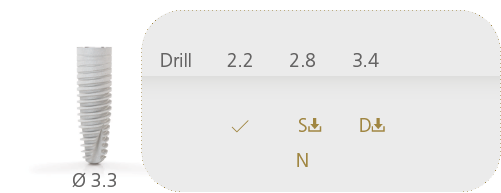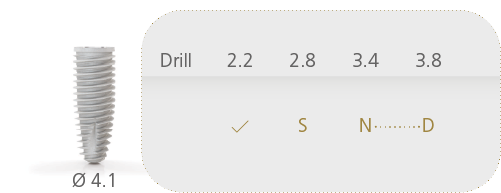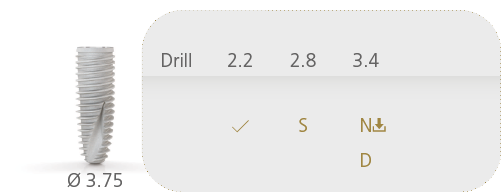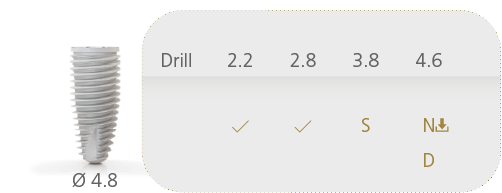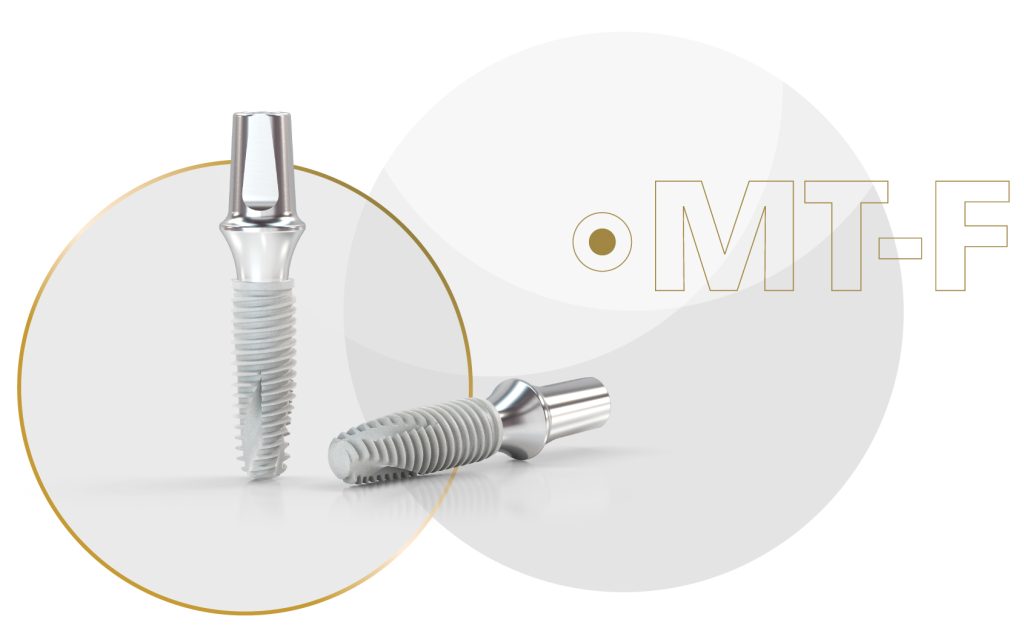
Inspired by our founder Professor P-I Brånemark’s restless commitment to improve the focus on patient and treatment, the MT-F Next Generation represents our most simple, modern and versatile Implant System.
MODERN SOLUTIONS ARE SIMPLE
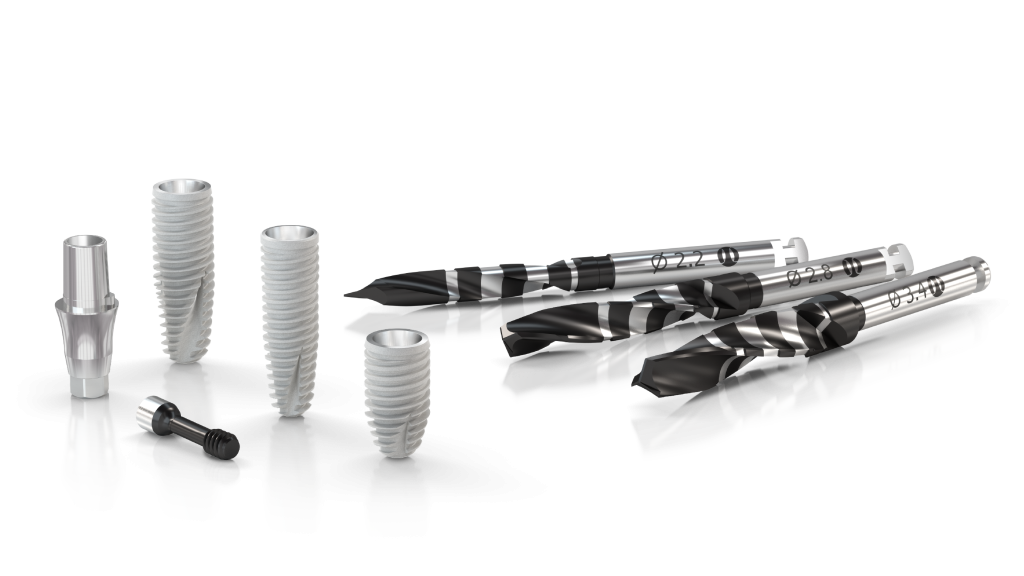
The MT-F System is a result of key P-I technologies and fundamentals evolutionized by outstanding
Biological Metrics.
Adopting a minimalistic clinical handling and providing more opportunities for immediate replacement techniques by exhibiting outstanding Biological Metrics, the MT-F System combines a unique design for an adaptive bone contact and peri-implant tissue preservation concepts that respect human biology.
Enhanced Biological Metrics to unlock immediate replacement potential
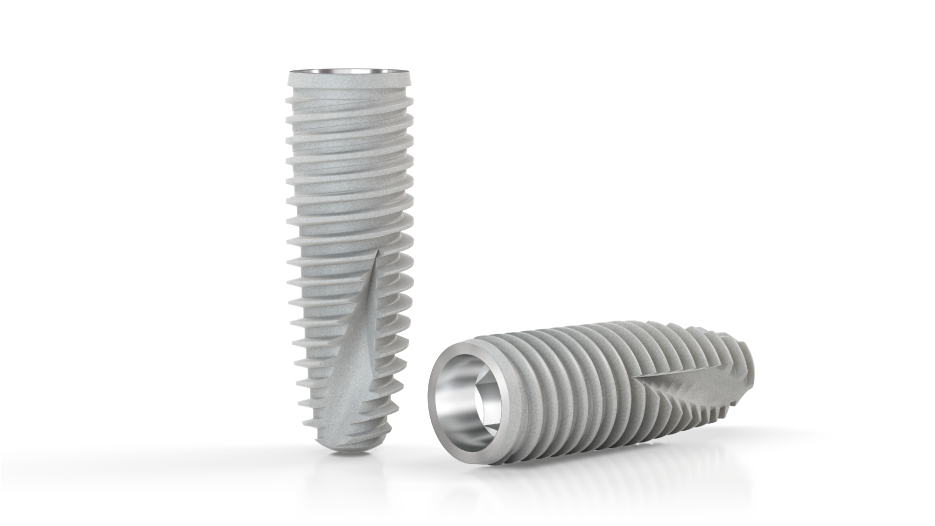
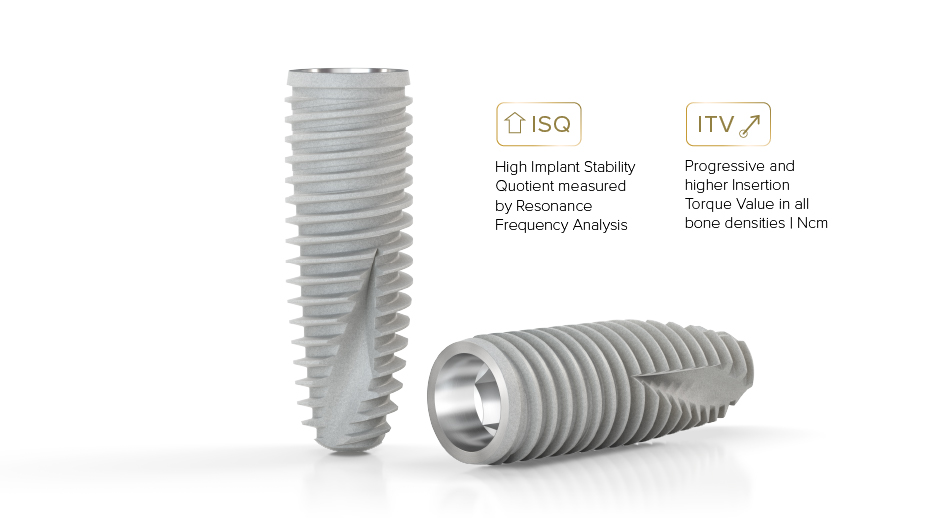

Combining the well-documented P-I Technologies into one Next Generation System, the foundation for clinical success and patient safety is secured.
Combining the well-documented P-I Technologies into one Next Generation System, the foundation for clinical success and patient safety is secured.
The expertise of the P-I Brånemark Development team together with long-term research and clinical documentation of P-I Technologies by experienced scientists and clinicians in recognized universities is centered around focusing on human biology and details.

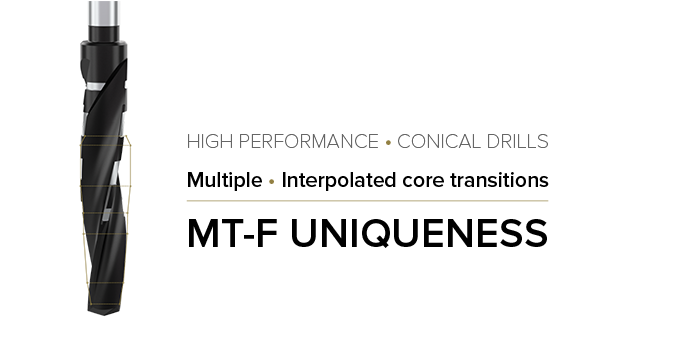
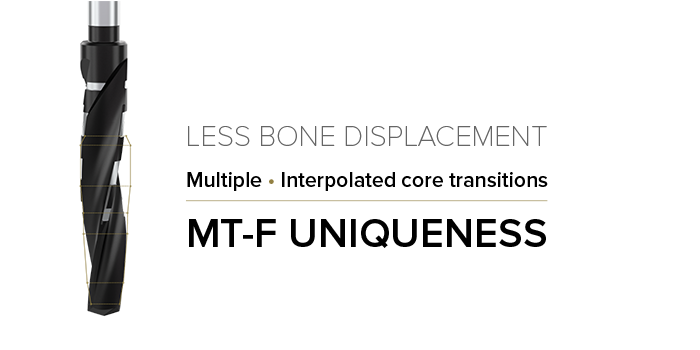
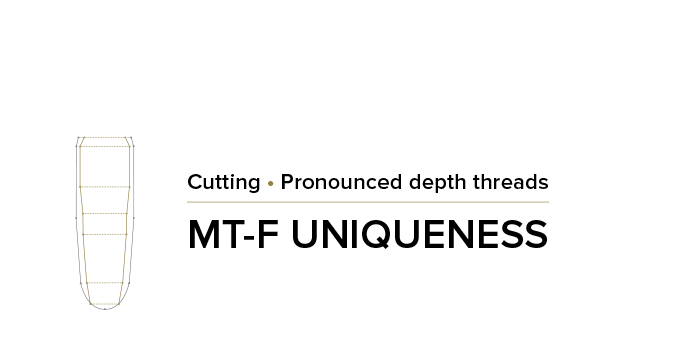
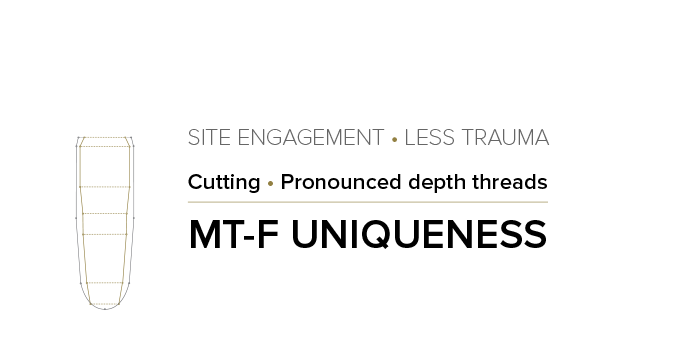
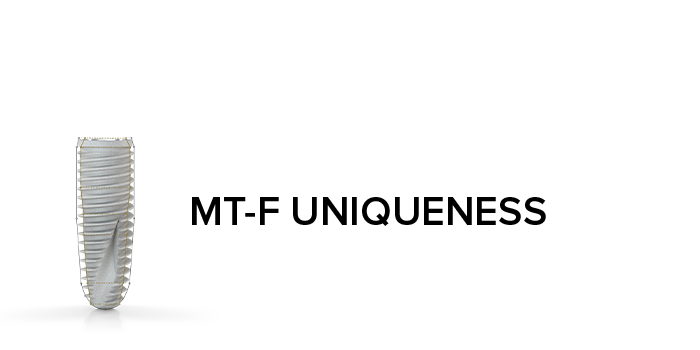
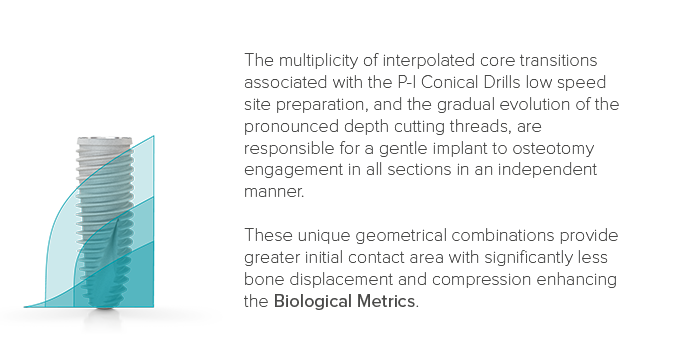
MT-F achieves outstanding Biological Metrics with less bone displacement and compression while providing greater initial contact area.
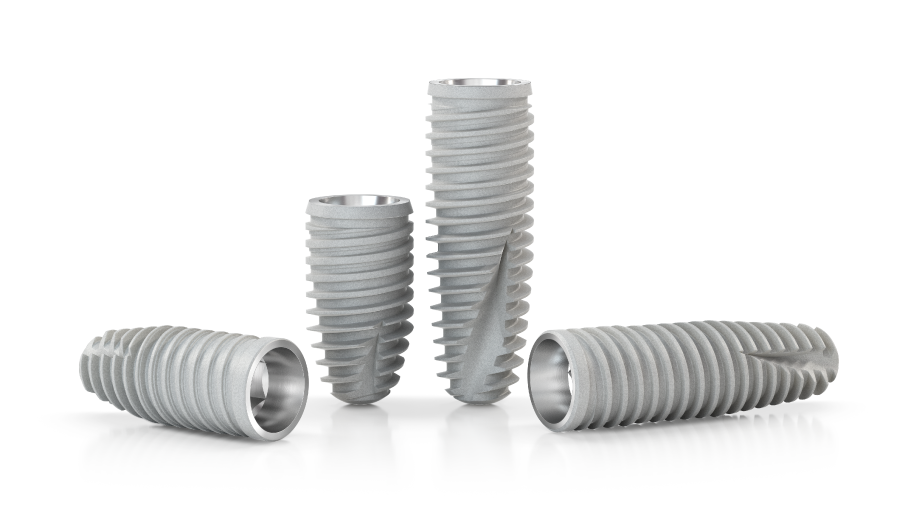
MT-F displaces significantly less bone volume and achieves similar or higher Insertion Torque Value in all simulated bone densities, exhibiting up to 24% greater area in comparison to the leading competitive active, tapered implants and the P-I Hybrid geometries.
The MT-F System was carefully created to be contemporary, without excesses.
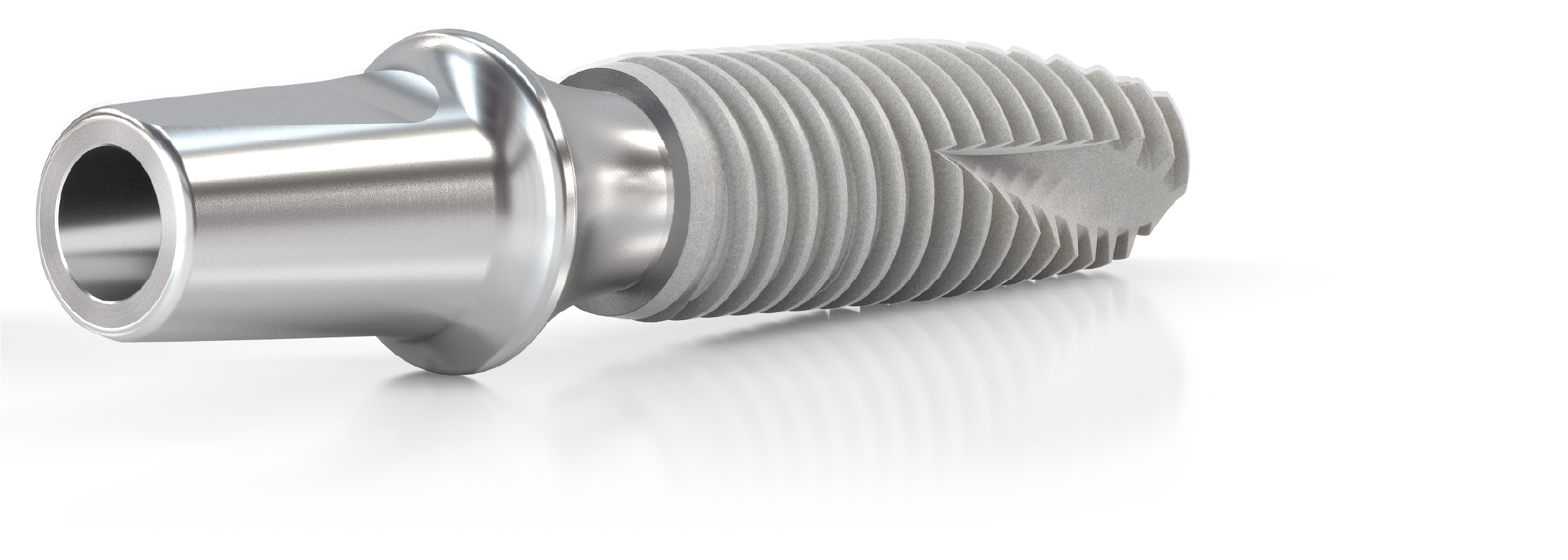
P-I Modern Interface The high pre-load Double-Sealing mechanism of the indexed P-I Morse Taper provides prosthetic stability with an easy reversibility.

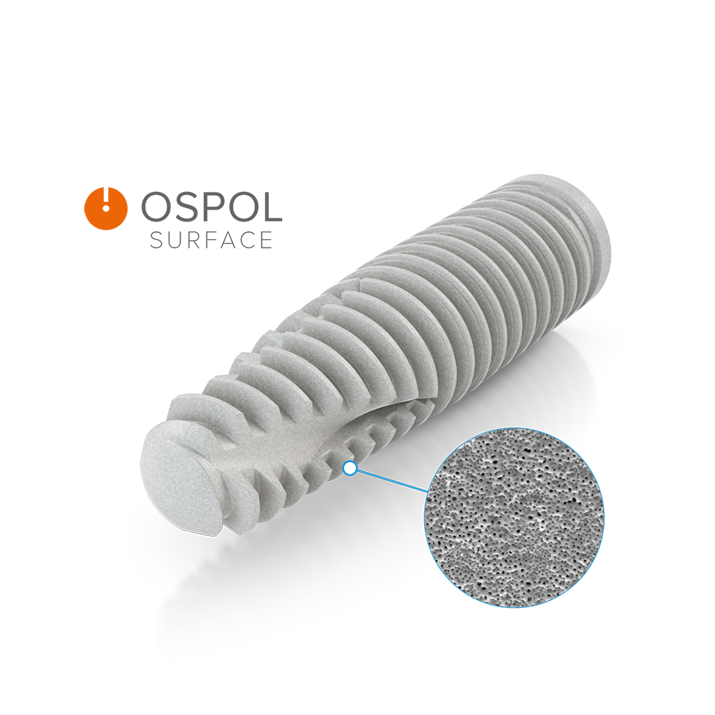
Strong Osseointegration Reduction of biofilm infections. Latest minimally rough, anodized and chemically enhanced Ospol® Bioactive Surface. Early and strong Osseointegration with potential reduction of biofilm infections.
15 years of clinical use incorporated with continual development, P-I Technologies together with a slightly inward micro-patterned and less compressive coronal region, enables the stabilization of MT-F in cortical bone with a Biological Width positioning to address clinical cases specific peri-implant tissues preservation requirements.
ENHANCED BIOLOGICAL METRICS

High Implant Stability Quotient measured by Resonance Frequency Analysis

Progressive and higher Insertion Torque Value in all bone densities | Ncm

Low rotational mobility. Removal torque proportional to ITV
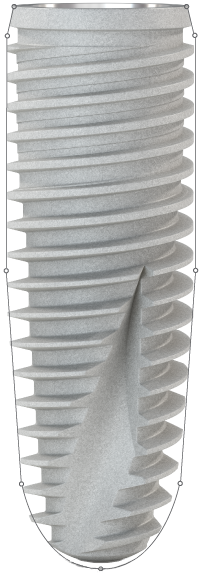
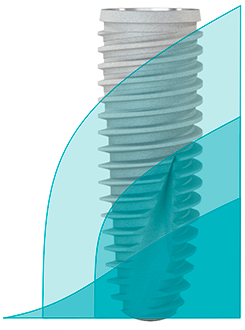
High initial and secondary Implant Stability Quotient [ISQ] measurements by Resonance Frequency Analysis [RFA] in association with sufficient Insertion Torque Value [ITV] and low rotational micro-mobility, indicated by the proportional Removal Torque [RTQ%] to the obtained [ITV], are relevant Biological Metrics and critical success factors for the prosthetic rehabilitation of patients with implants in post extraction, healed sites, low density bone and in combination with tissue regeneration techniques.
Obtaining higher [ISQ] and [ITV] measurements while avoiding excessive compression and displacement during implant insertion are important factors and constitute a biological approach to Osseointegration and the human bone tissue regeneration.
The P-I Expertise
Our expertise related to [ISQ] using [RFA] micromovement measurements to clinically monitor Osseointegration and to determine when to load implants, originates from the acquisition of Ospol AB in 2012.
Ospol AB and Osstell AB were sister companies established in Sweden and developers of an Implant System and [RFA] measurement technologies, respectively. The Ospol AB developments of the last 20 years are comprised in the P-I Implant Systems and the newest technologies are present in The Next Generation • MT-F System.
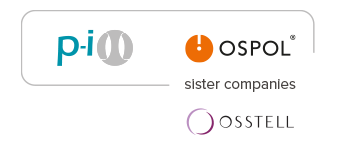

Important: Some conditions, whether combined or not, represent contraindications, limitations and risks, relative and absolute, for the treatment of patients with implants. The procedures for placement of implants are complex and require specialized training. See the Instructions for Use and procedures prior to the P-I Implant Systems installation. There are several risk factors in Osseointegration widely described in literature. Bone excessive compression and displacement may lead to undesired bone resorption, micro-circulation constrictions and reduced cellular activity.

From a minimalistic surgical preparation to a complete line of prosthetic solutions oriented to peri-implant tissue preservation, MT-F was developed to be simple in all clinical situations.
Peri-implant tissue preservation
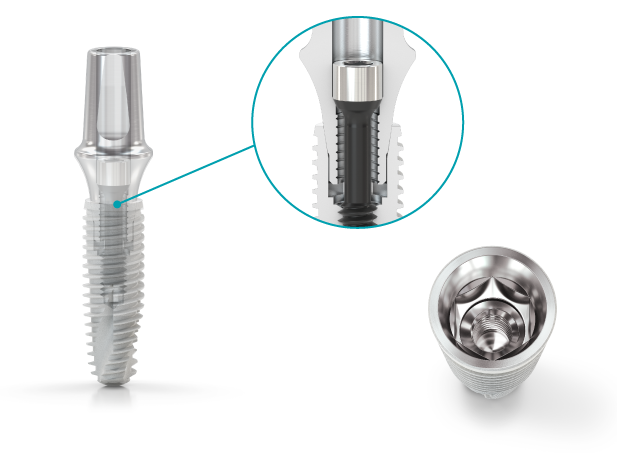
(a) In comparison to leading competitive interfaces. Data on file
(b) Except Conical Abutment and Locator®
Biological Width positioning ![]()
Stronger bone responses • Reduction of biofilm infections
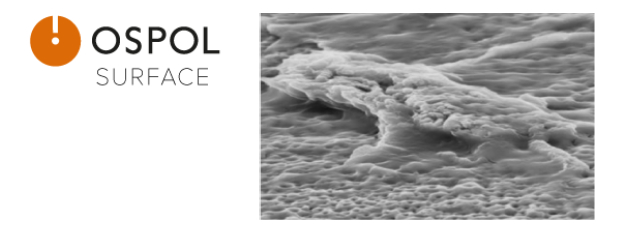
(!) In clinical use for over 15 years, the OSPOL Surface is a modern technology for a rapid and strong bone response. Less prone to bacterial adhesion, it is a pioneer technology for chemical modification of thin anodized, oxidized, ion incorporation of smoother implants surfaces.
Soft tissue increased biological space
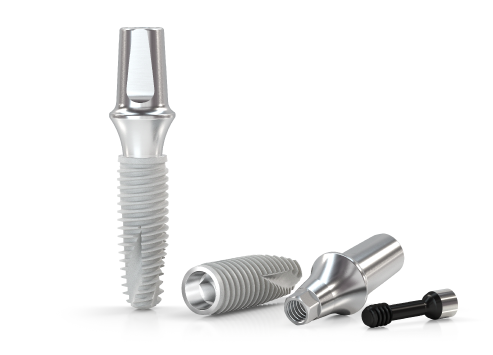

Fully integrated for all P-I Systems
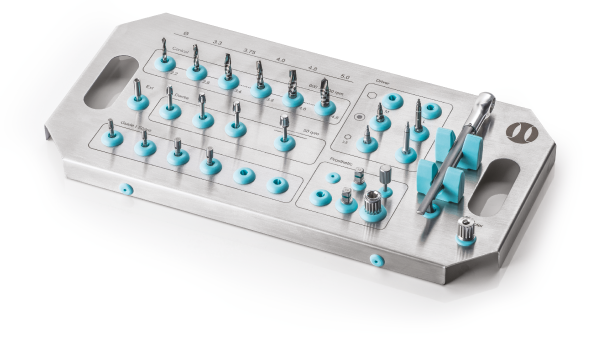
Minimalistic surgical preparation • Less Trauma, More Control
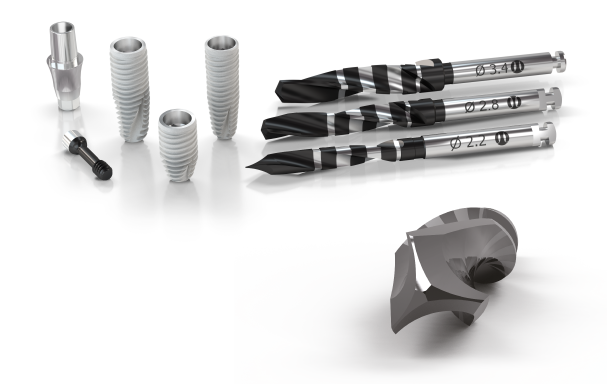
Minimalistic surgical preparation • Less Trauma, More Control
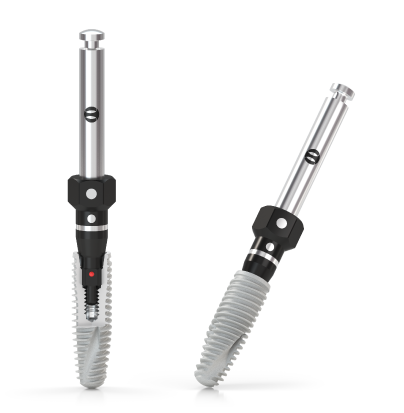
(a) Except HEX 3.5


Reduced patient’s stress and faster recovery for an improved quality of life
